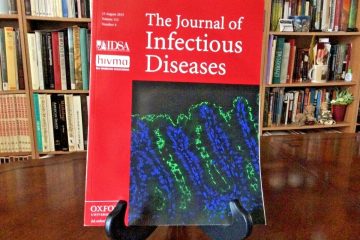Understanding Preeclampsia: Causes, Symptoms, and Management

Introduction
Preeclampsia is a potentially serious pregnancy complication that affects around 5-8% of expectant mothers, primarily during the second half of pregnancy. Understanding its importance is vital for maternal and fetal health, as it can lead to severe issues if not suitably managed. This condition is characterised by high blood pressure and signs of damage to other organs, often the kidneys. The relevance of preeclampsia is heightened as healthcare providers strive to enhance outcomes for both mothers and newborns.
Current Statistics and Recent Events
According to the latest data from the National Health Service (NHS), there has been an increase in awareness and diagnosis of preeclampsia in the past few years. Recent studies from UK universities indicate that the condition may be consistently underreported in some communities, leading to gaps in immediate care. A 2023 study published in the Journal of Obstetrics and Gynaecology showed that women of colour and those from lower socio-economic backgrounds are disproportionately affected, highlighting the need for tailored healthcare access and education.
Signs and Symptoms
Early diagnosis of preeclampsia is crucial. Key signs and symptoms include high blood pressure, swelling of hands and face, sudden weight gain due to fluid retention, and headaches that do not respond to pain relief. Women should be vigilant about reporting any unusual symptoms to their healthcare provider, especially during routine prenatal visits. Home monitoring of blood pressure can also be a preventive measure that women take.
Management and Treatment
Management of preeclampsia largely depends on the severity of the condition and the gestational age of the fetus. Mild cases may involve close monitoring, lifestyle changes, and medication to manage blood pressure. However, in more severe cases, early delivery may be the only option to ensure the safety of both mother and baby. Recent advancements in research indicate promising strategies for identifying at-risk individuals early and exploring new treatment options, including antihypertensive therapy.
Conclusion & Significance
Preeclampsia remains a significant concern in the landscape of maternal health. Early detection and intervention are crucial for improving outcomes. As awareness grows and new research continues to emerge, it becomes increasingly important for women and healthcare providers to engage in discussions around the risks, symptoms and treatment options for preeclampsia. Public health officials encourage more educational campaigns aimed at equipping women with the knowledge needed to advocate for their health during pregnancy. With ongoing efforts, there is hope for reducing the incidence of preeclampsia and safeguarding the health of mothers and their babies.








